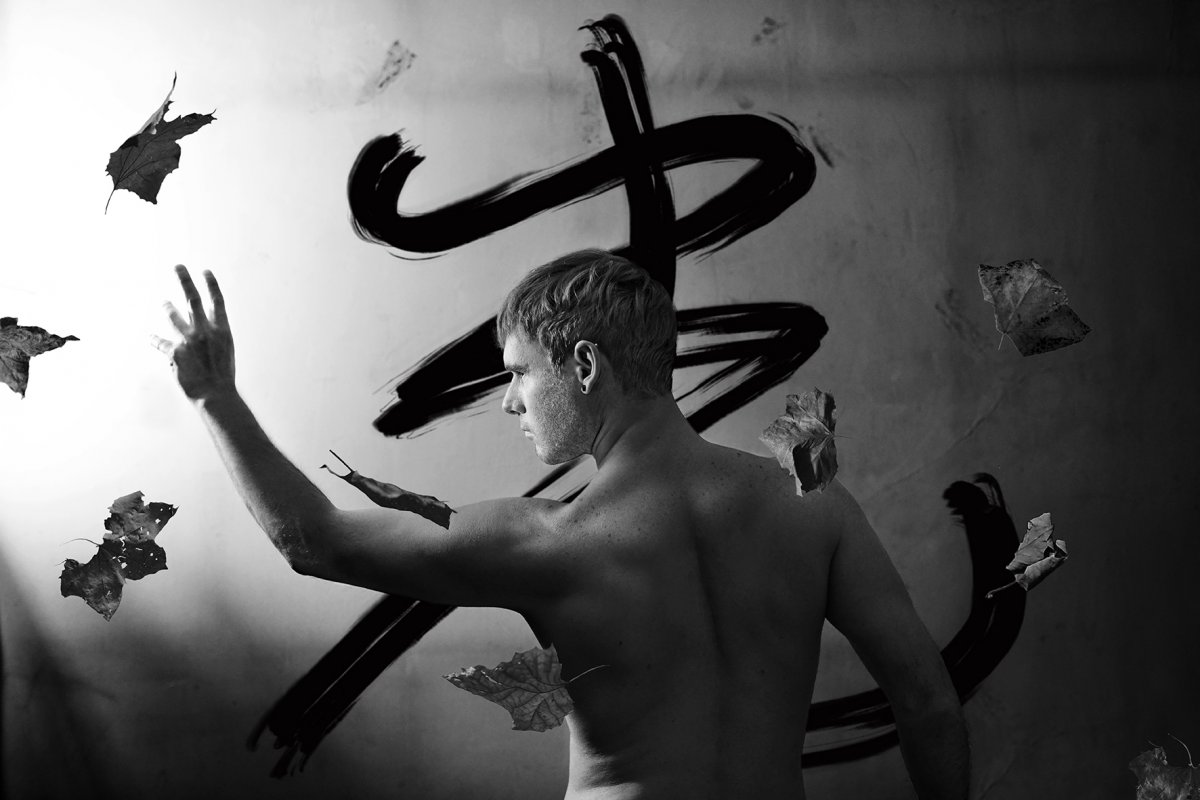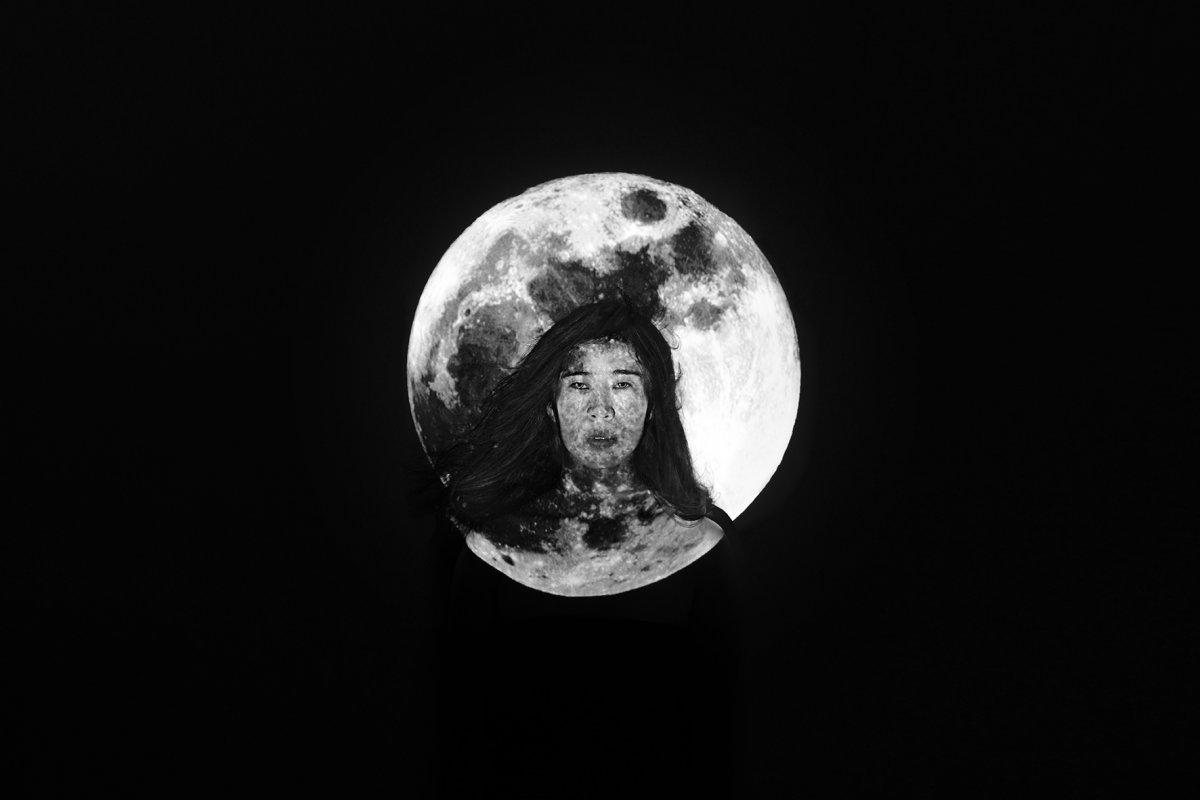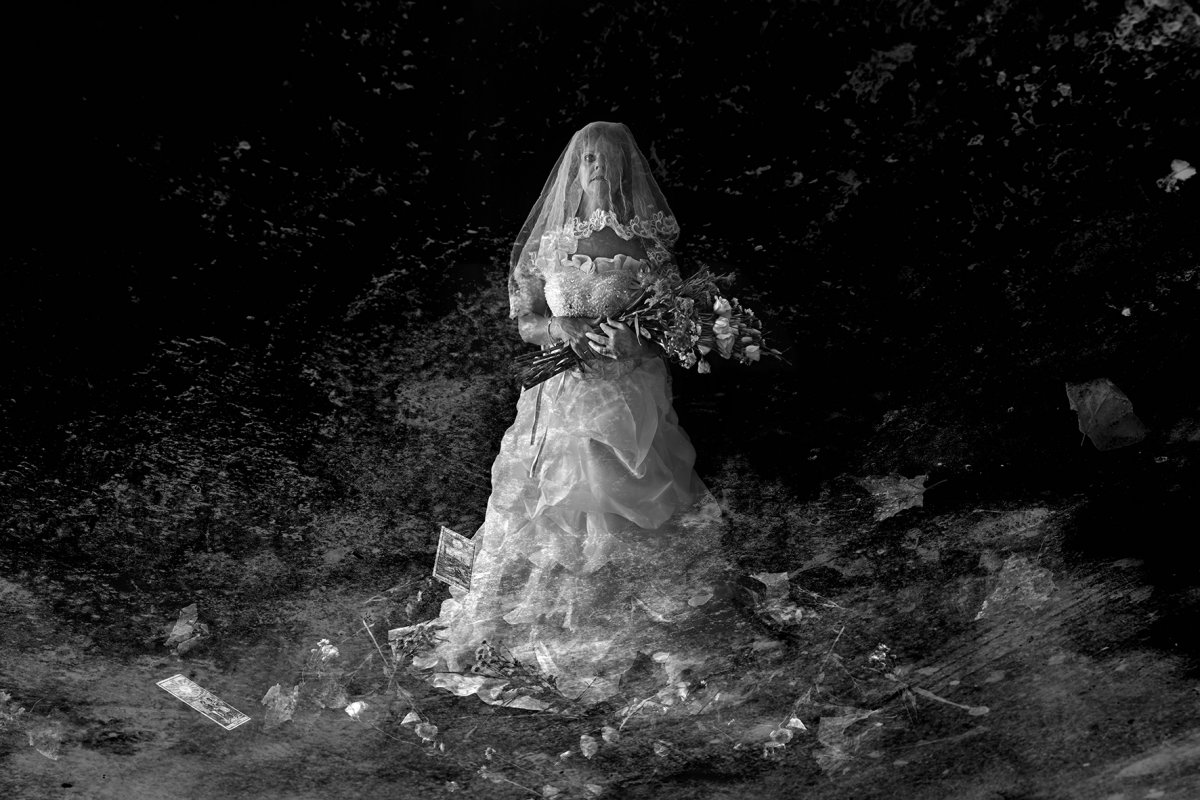Spanish Photographer Pere Ibañez on Capturing the Hidden Complexity of Mental Illness
Other than the deeply personal and subjective experience of mental illness, part of what makes it so difficult for others to relate is its intrinsically hidden nature. If we catch a bad cold, for instance, anyone who sees the pile of tissues, the red nose, and the bloodshot eyes can immediately sympathize. But what does it "look like" to suffer from mental illness on any given day?
The feelings of malaise, torment, and euphoria are as diverse as the human brain will allow, but they're exactly what Spanish photographer Pere Ibañez has set out to visualize with his latest series, titled #B: A Walk Into the World of Bipolar Disorder.
The works, which will be on show from this Saturday, Jun 29 to Jul 14 at Camera Stylo, were taken in cooperation with Beijing-based mental health awareness NGO CandleX as well as several sufferers of mental illness who volunteered to pose as models for the project.

The images – some sparse and almost calm, others noisy and haunting – all share an eerie sense of discomfort. Ibañez chose to work with black and white photography for this series (more on why below), giving the photos a dreamlike quality. Meanwhile, the layering of images and objects – floating leaves, a swoosh of air – give the images kinetic and ephemeral energy which conveys the changeable and often turbulent nature of bipolar disorder. By using models who themselves suffer from mental illness, you also get the impression that the specific moments captured here are informed by actual events relayed to the artist, making them deeply personal and giving them a weight that they may not have had otherwise.
To find out more, we spoke to Ibañez about his own battle with depression, the challenge of conveying mental illness in photographs, and from where he draws his inspiration.
How did you become involved with CandleX and the objective to bring awareness to mental illness?
Like many things in life, I got introduced to the right person at the right time – or to the right person at the worst time in this case. I was going through a hard period when a friend put me in contact with Xiao Jie (founder of CandleX). We immediately clicked and the photo collection on the subject of bipolar disorder was her idea. For me it was the perfect project to take at the time, since it would be more of a side thing, without the pressure or the constraints of doing something with the outcome to be sold commercially or published as my "new series." Little did I know, it worked out so well that it ended up being exactly that. Also, I’m no stranger to depression and I’ve touched upon these topics in my work before, in fact, this new series perfectly follows my latest work I.See.Dark, which dealt with overcoming traumatic experiences. Ultimately, I share CandleX's vision and if my work helps them spread their message of inclusion and acceptance even in the slightest way then it has all been worth it.

For this latest series, you chose to focus on people who suffer from bipolar disorder. What were you hoping to achieve with this specific and deeply personal series of images?
Well, first it would be to prevent the stigma that is attached to mental health issues, not exclusive to bipolar disorder, and do that by portraying a side of people who may be having this problem in a way that the viewer can relate to. Emotions like fear, anxiety, loneliness, despair, or joy are universal, which is often forgotten when someone is disregarded as just "crazy." (In contrast, how many people would fit the standard definition of "sanity?" I know I wouldn’t.) By displaying the two extremes of the mood spectrum in these images, the viewer can realize that they have felt the same way at some point, that they can relate.

What were the biggest challenges in capturing the mood that you were trying to convey and how did you work with each of the subjects to achieve the final image?
At the beginning, the biggest challenge was to find the tone of the photos; I haven’t been known for my subtlety when it comes to my past works. The subject of bipolar disorder and mental health require a visual language that is non-threatening or triggering, which would be counterproductive to the goal of the series. The idea was to present images that convey a message to be received without prejudice.
Prior to this photoshoot, most of the models participated in Moodlab Emotional Wellbeing workshops organized by CandleX, where they explored the spectrum of moods, range of human emotions, and learn about their own.
Once they came to work with me, I don’t exaggerate when I say that they transformed the photos. I normally sketch and plan every photo days in advance, but in most cases, I had to discard what I planned and adapt it to the actual person I had in front of me. There’s something incredibly genuine about non-professional models, they bring reality and raw emotion to the images.
I worked with each of them differently depending on how I felt that they would ease up and trust me. We had conversations but I didn’t ask them personal questions and tried not to trigger anything too painful in them because the idea was for the photoshoot to be a cathartic experience and not a traumatic one.

Looking through your work it seems that over time you’ve gradually moved away from color; your earlier work employed neon and garish color whereas later you chose black and white. What do you attribute that change in styles to?
Yes, it hasn’t been a fully conscious change but more like a natural evolution. When I started back in 2009/2010 I had all that unfiltered raw energy, and the photos and the themes were all over the place. Over time, I took control of that energy and focused it more narrowly on the topics that I wanted to explore. And although I plan to continue working in black and white, where I feel most comfortable, I’m currently preparing something in color for the 10th anniversary of my first photo series, which will come out sometime next year. A friend jokingly asked when I’m going to move into my pastel pink period and you know what, even though I seriously doubt it will happen, well... you never know.
!["I’m very aware that my work is fully dependent on [my experiences]," says Ibañez](http://www.thebeijinger.com/sites/default/files/styles/large/public/late_night_memories.jpg)
Most of your photography features some dark or paranormal elements – where does your inspiration come from to create these images and how have your personal experiences shaped your work?
I have to admit, I’ve always been a big horror fan so there’s that big influence right there. But regarding the witchcraft themes and supernatural cues that are all over my work, I draw a lot from my childhood and youth in Catalonia. I’ve always been fascinated with the local folklore, superstitions, and history that still pretty much remain today. So I tend to incorporate those elements into my work, and in fact, most of my photos have something there, even though it may not be as apparent at times.
About my experiences and how they affect my work, I’m very aware that my work is fully dependent on them. Funny fact is that I’m extremely shy and quite an introvert so I’m terrible at talking my problems through – I just can’t. But I can take photos that metaphorically (and sometimes quite literally) expose them out in the open, making for quite the contradiction.
You can catch the opening of Ibañez's latest exhibition this Saturday, Jun 29, at 6.30pm at Camera Stylo. The event will also include a panel discussion about what it's like to suffer from bipolar disorder. Tickets are RMB 60, including one drink, and proceeds go towards CandleX.
READ: Finding Peace of Mind in Beijing: Mental Health Resources for Rockier Times
Photos courtesy of Pere Ibañez







